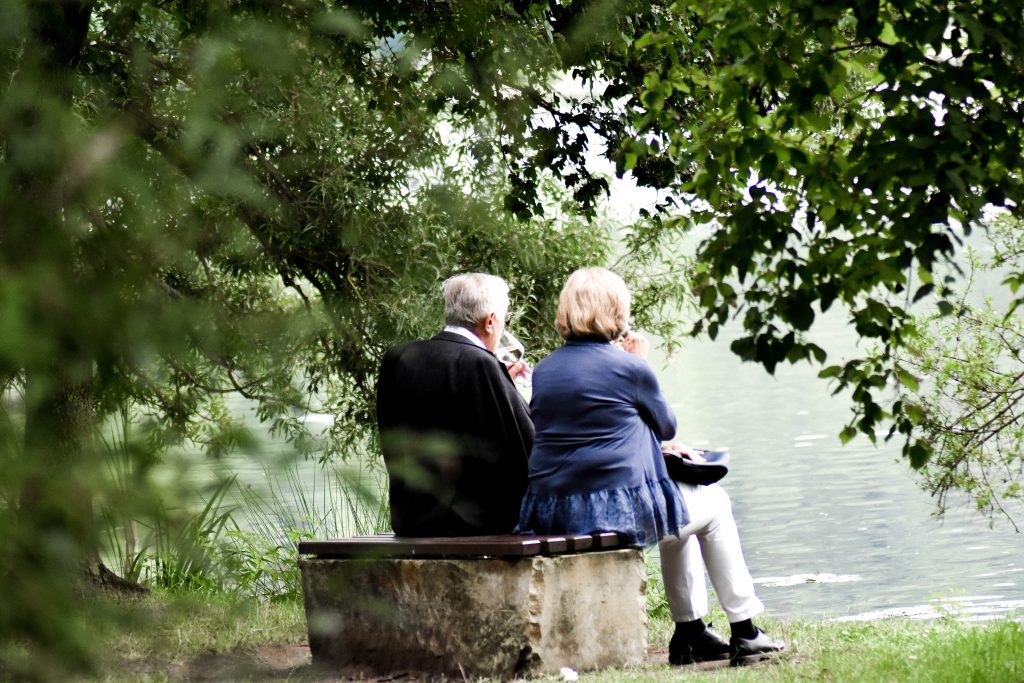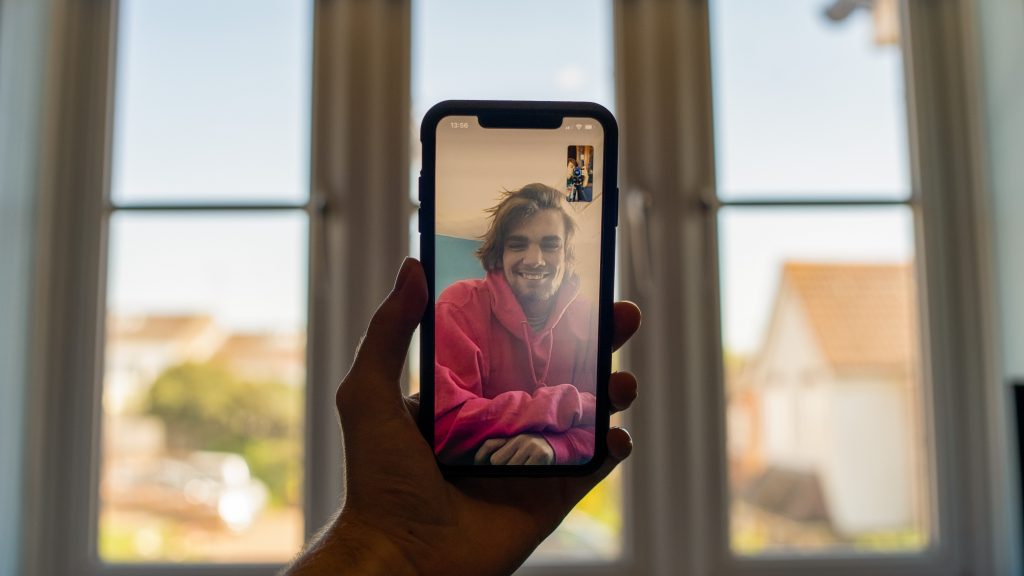On a typical day, the average person doesn’t think about how it feels to go days with little human connection or interaction.
With most of our communities practicing social distancing to stunt the spread of COVID-19, we are gaining a new level of empathy for what many older adults face every day. According to the 2018 National Poll on Healthy Aging, 27 percent of older adults reports feeling isolated and more than one in four says they experienced social contact once a week, if not less.
“The uneasiness, loneliness and helplessness that many of us are feeling now will eventually pass,” says Jeff Huber, CEO of Home Instead Senior Care.

(photo/Unsplash)
“For socially isolated seniors, however, this pandemic has the potential to amplify the impact on their already-fragile situations. While the world stays home to prevent illness, we must reach out to our neighbors and loved ones to make sure our seniors stay connected.”
For many seniors who live alone, social distancing will amplify the loneliness they already feel. And isolation can have significant health implications such as higher risks of heart attack, stroke, depression, anxiety and even premature death. But there is a cure, and it’s called community.

(photo/Unsplash)
In a time when bringing family and friends together may not be feasible, we need a little creativity and a lot of intention to ensure regular contact with neighbors and loved ones.
Whether you’re helping a relative or neighbor navigate social distancing, or looking to minimize the effects of isolation, Home Instead Senior Care recommends the following ideas to stay connected:
1. Set a schedule
Despite our best efforts, it can be easy to let days go by before the next call or email. Regular check-ins can go a long way toward helping older relatives, friends and neighbors feel supported. The trick is to plan ahead. Establish a regular cadence for phone calls, emails and video chats – and stick to it!

(photo/Unsplash)
2. Chat through video.
While no technology can take the place of in-person human interaction, video-chat platforms such as Skype or Zoom and tablets such as an iPad or GrandPad, can supplement seniors’ social interactions when visits with friends and family aren’t possible. Webcams are a user-friendly and affordable gift to keep the generations connected – offering grandchildren the chance to show off their latest school project, or faraway relatives an opportunity to hear and see one another.

(photo/Unsplash)
3. Give them a ring.
Texting is an easy way to keep in touch, but sometimes picking up the phone is the best way to get the job done. Call a parent, relative or neighbor, and when you do get them on the line, give them your full attention. If you’re drawing a blank for conversation topics, consider requesting their advice or asking about their family, hobbies or recent activities.
4. Embrace snail mail.
Sending an old-fashioned letter or postcard is an easy way to say hello and remind someone you’re thinking of them. While a thoughtful letter may not completely stamp out loneliness, it can help lift spirits and show how much you care. If you have young children, consider enlisting them to draw pictures or practice their handwriting with a special note.

(photo/Unsplash)
As we all continue to adjust to the impact of COVID-19, it’s easy to spread a bit of cheer and help make a senior smile. For more ideas on how to forge a meaningful relationship with older adults in your life, visit ReadytoCare.com or contact your local Home Instead Senior Care office.
